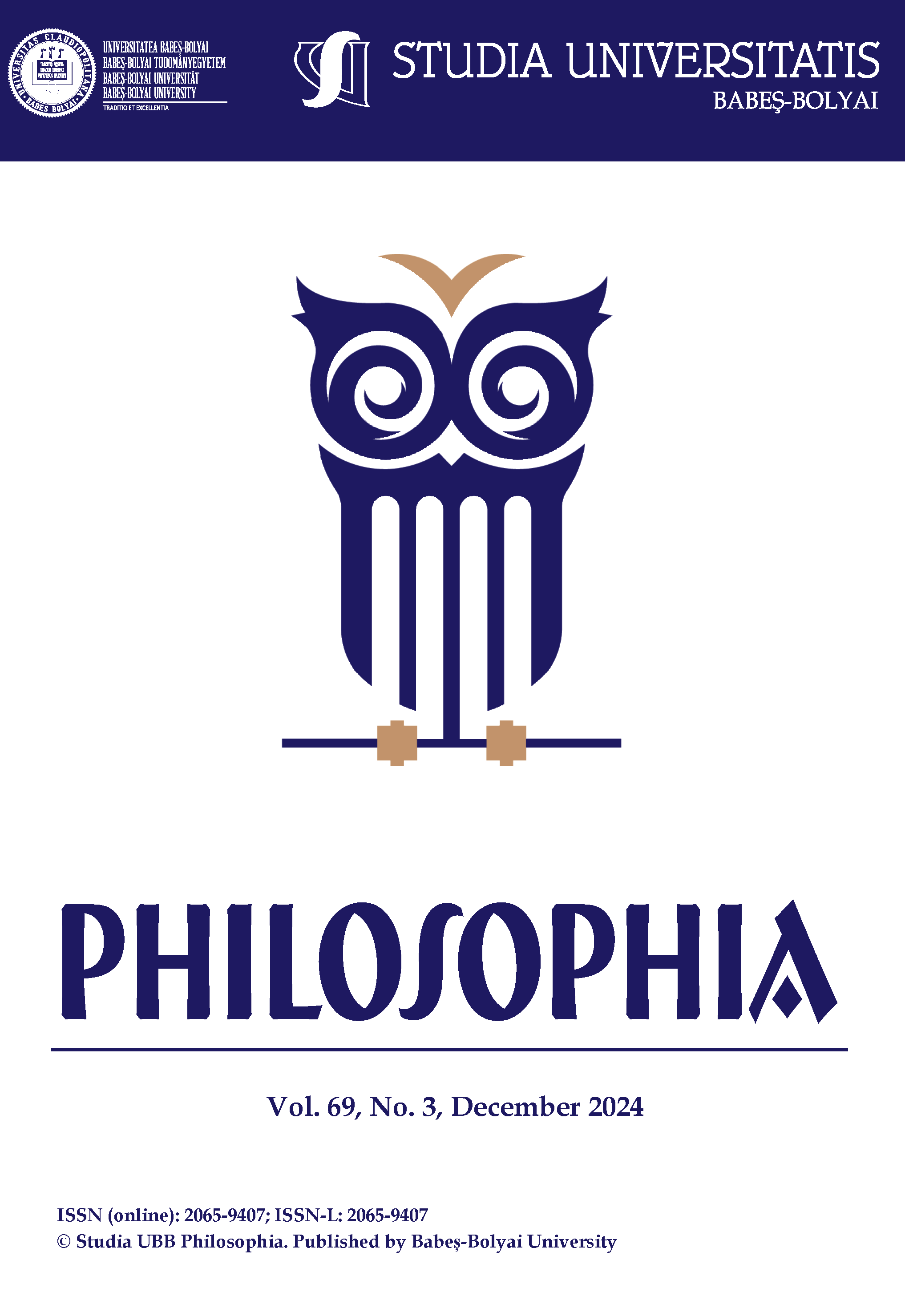For a Hermeneutic Phenomenological Approach to Teacher Observation
DOI:
https://doi.org/10.24193/subbphil.2024.3.06Keywords:
teacher observation, hermeneutic theory of perception, phenomenological observation, rules of observation, reflective analysis of teachingAbstract
The present paper describes an alternative mode of doing teacher observation meant to overcome the limitations of the common approach in use today. To this end, the paper first draws upon the hermeneutic theory of perception developed by Graeme Nicholson and establishes the fundamental principle that ought to govern didactic observation and the conditions of possibility of this endeavor. Subsequently, taking Lester Embree’s description of phenomenological observation as model, the paper describes the basic rules to be followed. The paper ends with a series of logistic recommendations designed to increase the pedagogical gains of the process.
References
Bagley, William Chandler. Classroom Management: Its Principles and Technique. London: Macmillan & Co., 1908.
Bettencourt, Edward M., Maxwell H. Gillet, Meredith Damien Gall, and Ray E. Hull. “Effects of Teacher Enthusiasm Training on Student On-Task Behaviour and Achievement.” American Educational Research Journal 20, no. 3 (1983): 435–50. https://doi.org/10.2307/1162610.
Chabris, Christopher F., and Daniel J. Simons. The Invisible Gorilla and Other Ways Our Intuitions Deceive Us. New York: Crown, 2010.
Coats, William D., and Uldis Smidchens. “Audience Recall as a Function of Speaker Dynamism.” Journal of Educational Psychology 57, no. 4 (1966): 189–91. https://doi.org/10.1037/h0023568.
Costache, Adrian. “The Limitations of the Common Approach, and the Educational Value of Teacher Observation,” n.d.
Embree, Lester. Reflective Analysis: A First Introduction into Phenomenological Investigation. Second edition. Bucharest: Zeta Books, 2011.
Martin, Graham A., and Jeremy M. Double. “Developing Higher Education Teaching Skills Through Peer Observation and Collaborative Reflection.” Innovations in Education and Training International 35, no. 2 (1998): 161–70. https://doi.org/10.1080/1355800980350210.
Mastin, Victor E. “Teacher Enthusiasm.” The Journal of Educational Research 56, no. 7 (1963): 385–86. https://doi.org/10.1080/00220671.1963.10882963.
Neisser, Ulric. Cognitive Psychology: Classic Edition. New York: Psychology Press, 2014.
Neisser, Ulric, and Robert Becklen. “Selective Looking: Attending to Visual Specified Events.” Cognitive Psychology 7, no. 4 (1975): 480–94. https://doi.org/10.1016/0010-0285(75)90019-5.
Nicholson, Graeme. Seeing and Reading. New Jersey: Humanities Press, 1984.
Saussure, Ferdinand de. Course in General Linguistics. Translated by Wade Baskin. New York: Philosophical Library, 1959.
Simons, Daniel J., and Christopher F. Chabris. “Gorillas in Our Midst: Sustained Inattentional Blindness for Dynamic Events.” Perception 28 (1999): 1059–74. https://doi.org/10.1068/p281059.
Simons, Daniel J., and Melinda S. Jensen. “The Effects of Individual Differences and Task Difficulty on Inattentional Blindness.” Psychonomic Bulletin & Review 16, no. 2 (2009): 398–403. https://doi.org/10.3758/PBR.16.2.398.
Whipple, Guy Montrose. Guide to High-School Observation. Syracuse, NY: G. W. Bardeen Publisher, 1908.
Downloads
Published
How to Cite
Issue
Section
License
Copyright (c) 2024 Studia Universitatis Babeș-Bolyai Philosophia

This work is licensed under a Creative Commons Attribution-NonCommercial-NoDerivatives 4.0 International License.



